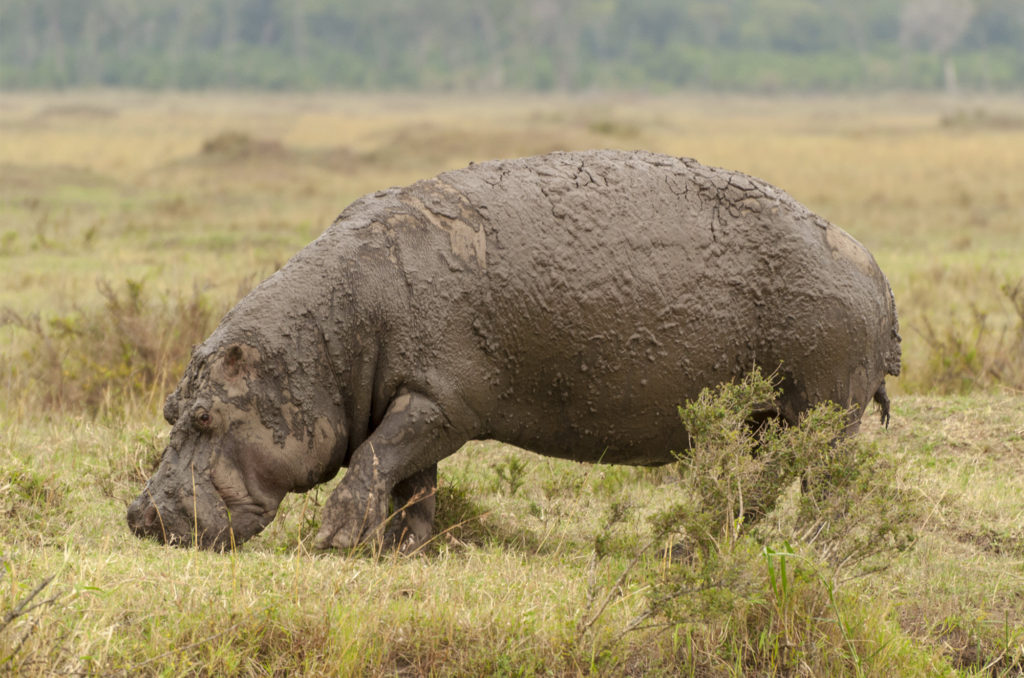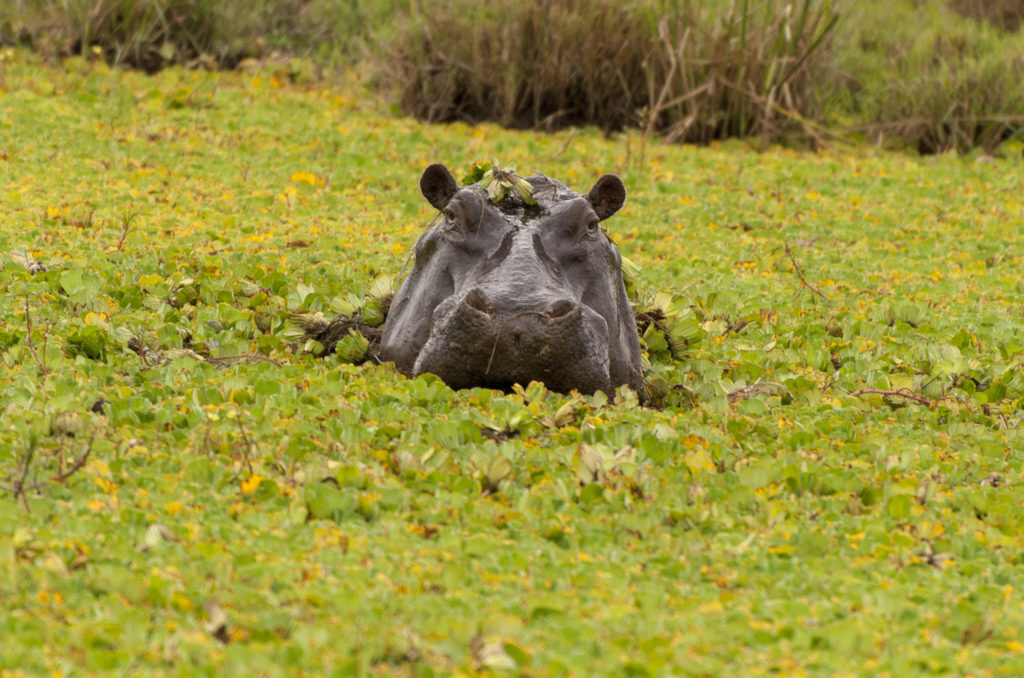After watching an interesting documentary called The Hunt for Escobar’s Hippos on the Smithsonian channel, which I would recommend, I thought I would share this image of double trouble from my safari in the Masai Mara back in 2011.
Believe it or not, the “cocaine hippos” of Colombia are the world’s largest invasive species. And we thought we had troubles with grey squirrels in the UK! The hippos that Pablo Escobar (the founder of the infamous Medellín drugs cartel in the 1980s) imported for his zoo decades ago have since escaped and are now a potential threat to the native ecosystem. They have no natural predators, as they do in Africa, and they breed much faster in Colombia due to the ideal climate, abundance of waterways and lush greenery. Their increased presence could soon result in the displacement of native Colombian species, such as the Antillean manatees, and change the water on which so many species rely.
There is also a physical threat to the local community. Hippos are unpredictable around humans, so local people could be in danger of being attacked if they accidentally come across one of these animals while both species go about their daily business.
The film focuses on the work of Colombian vet, Gina Paola Serna Trujillo, whose father was killed by Escobar and who has been tasked by the Government to investigate and hopefully find a solution. As many people adore the hippos and it is illegal to cull them, the documentary explores another solution for controlling their numbers. She enlists the help of South African big game capture expert, Chris Hobkirk, to embark on an ambitious hippos sterilisation programme. It is worth watching if you are able.
Unlike their Colombian counterparts, the common hippos of Africa are threatened by hunting to minimise human-wildlife conflict and for their ivory. Humans are also responsible for pushing them out of their natural habitats.⠀

Although hippos are at home in the water, they do come out to feed and can travel up to 10km to graze. They are most active on land at night, tending to stay in the water during the day. They can spend four to five hours grazing and can consume 68 kg of grass.
One vivid memory of my time in the Mara was when I was sitting in bed and heard a noise outside our tent. It was one of those large, luxury-style tents, and there were regular ranger patrols around the camp to ensure safety. I didn’t feel threatened, but my then-husband was concerned there was a predator in the shadows. We both then jumped when something brushed against the tent! So, I peered out into the darkness and, by the camp lights, I was delighted to see a mother hippo with a calf. The noise we had heard was the sound of the adult ripping up the grass and munching it. We stayed out of sight, watching them as they moved slowly around the tent. The noise that had previously been worrying us became the most relaxing, comforting sound. It was a moment I will never forget.


